With new car prices skyrocketing and delivery times close behind them, it’s little wonder the used car market has taken off as well.
Nationally, approximately three second-hand cars change hands for every new car sold, sometimes it’s a higher ratio in densely populated areas such as South Wales or the Midlands where it might be 6:1.
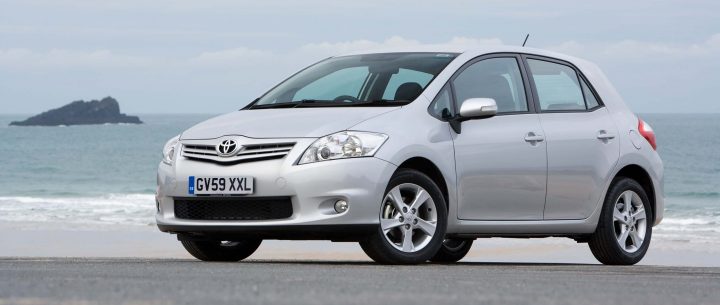
No wonder the used car dealers are rubbing their hands but car buyers might be wringing theirs when the market attracts so much attention, with values going up and criminals swoop for quick profits before disappearing without trace.
Selling a car can be fraught with problems but at least you can hold onto your property until the money is in your bank account. But what do you do when it comes to buying a set of wheels?
We decided to plunge into the second hand market to see what’s about.
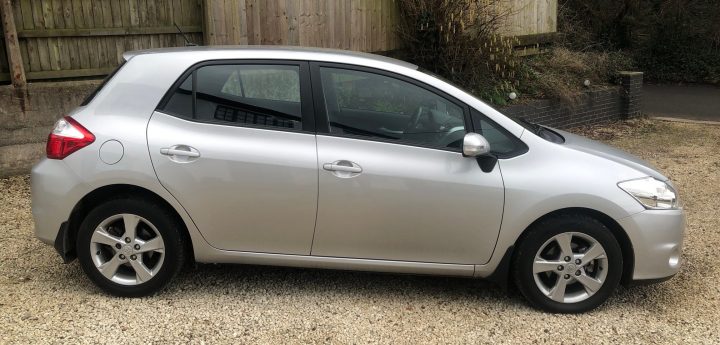
Like all sensible buyers we set a few markers in the sands of time and narrowed down our requirements regarding size, seats, models and of course price, to which we would add excise duty, insurance and running costs.
Where do you start? On-line and local papers seem sensible and then it became apparent that sellers were asking a lot but generally not giving much.

Dealers are plentiful close to us and range from the gin palaces with sales staff who spend most of their time on phones or tapping away on keyboards to the garages with a man and a dog straight out of Only Fools & Horses.
How they greet you, engage in conversation to gauge your gullibility or knowledge and then wander away is remarkably commonplace.
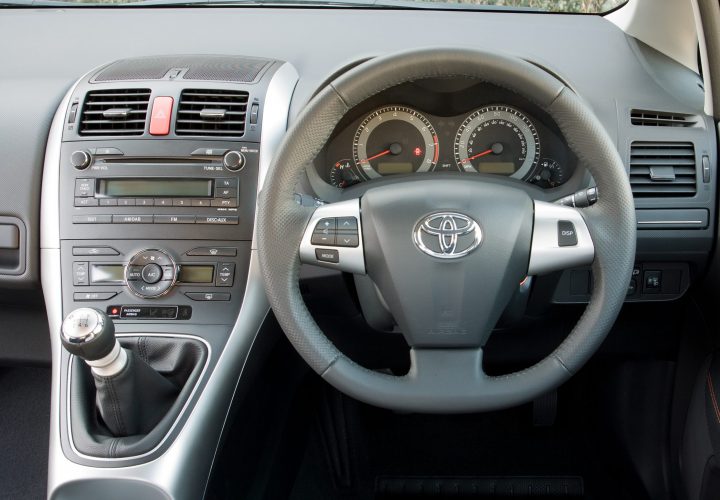
For peace of mind we went to a main dealer who was advertising what seemed like a perfect match to our requirements but was well past the age you might expect them to be stocking. It had a fully dealer stamped service book since 2010 and MoTs on-line indicating annual mileages, service advisories together with a traceable mileage track.

Further questioning revealed it had the classic one elderly lady owner from new who put it into the main dealer for any work whatsoever and had about 51,525 recorded, equivalent to under 4,000 annual miles. Ok, the price of £5,600 was at the top end but overall and judging by condition with only a few minor bodywork and trim blemishes, immaculate boot and back seat area it looked a genuine car and far better than many 13 year olds, that’s cars as well as children.
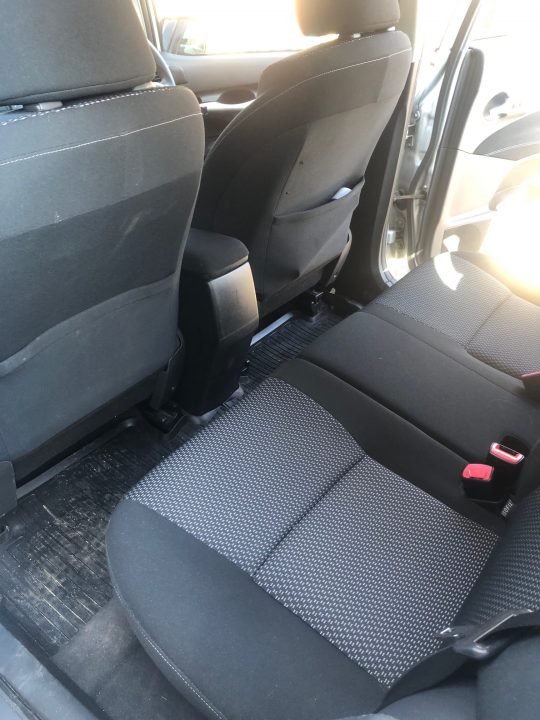
The car was given a mechanical and cosmetic make-over with new tyres included and a test drive revealed it went as if new, although I noticed a poorly working bonnet release catch.
It was too good to turn down and we arranged to collect the following week after it had a new MoT test and payment was sorted. A thorough and efficient salesman quickly went over the sales agreement, DVLA procedure and it came with roadside assistance for 12 months and drive-away insurance cover for three days so I could look around for a good premium, which I did on line and relatively hassle-free.
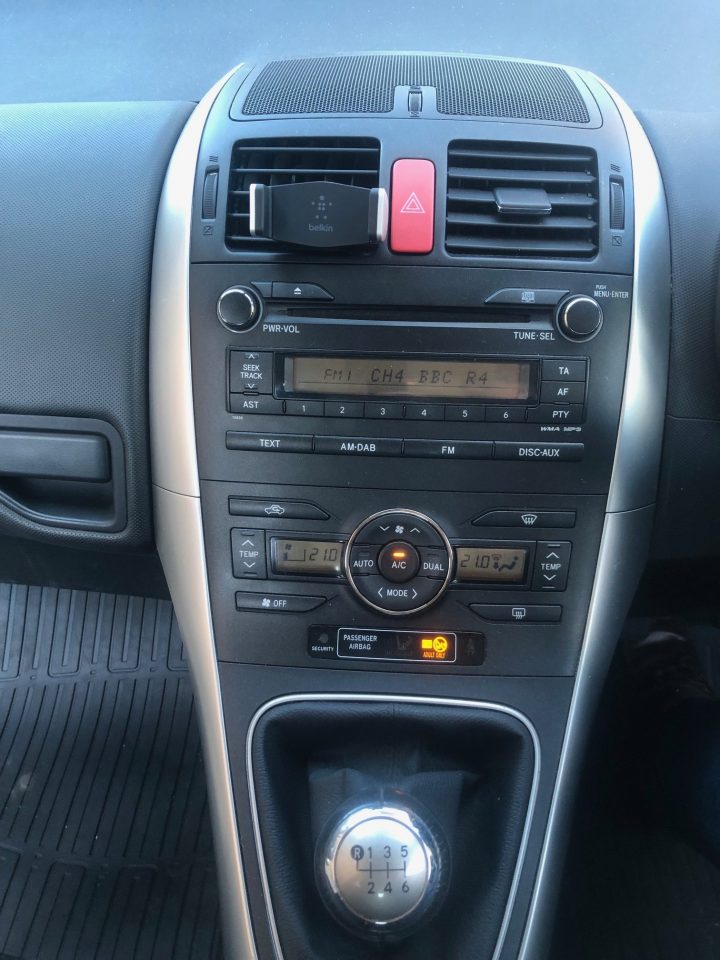
It’s worth pointing out that the insurance quote I obtained was less than extending the three-day cover with the main-dealer’s provider.
A month with the car has revealed the bonnet latch still sticking but it has been attended to, I hope, at the main dealer’s sister outlet closer to me, and something I missed on that initial inspection and drive, a broken spring in the driver’s seat backrest which is poking through the fabric when the seat is occupied. Hopefully that will also be done under the warranty.
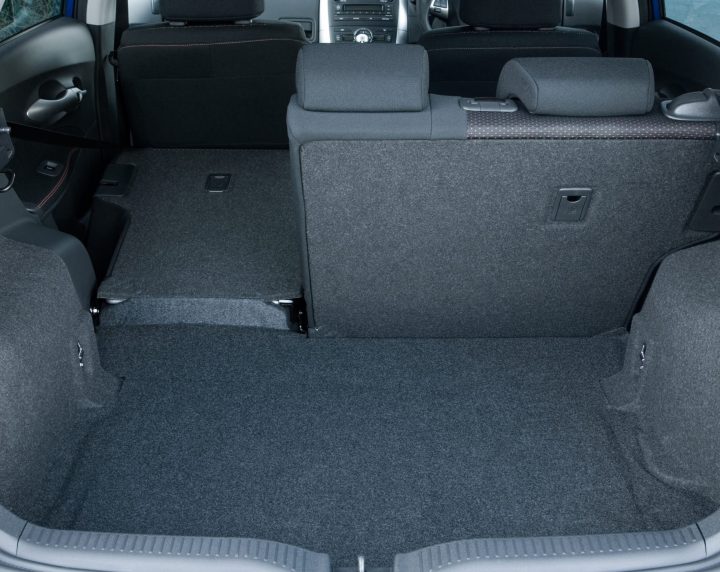
When it went in to have the latch checked and fixed, the dealership checked and topped up levels and gave the car a good wash free of charge.
All in all, it has been a good experience buying the 13 year-old second-hand from the main dealer and I have gradually managed to improve the fuel economy from about 39mpg to an average around 42mpg and my passengers regularly comment on its condition and comfort.
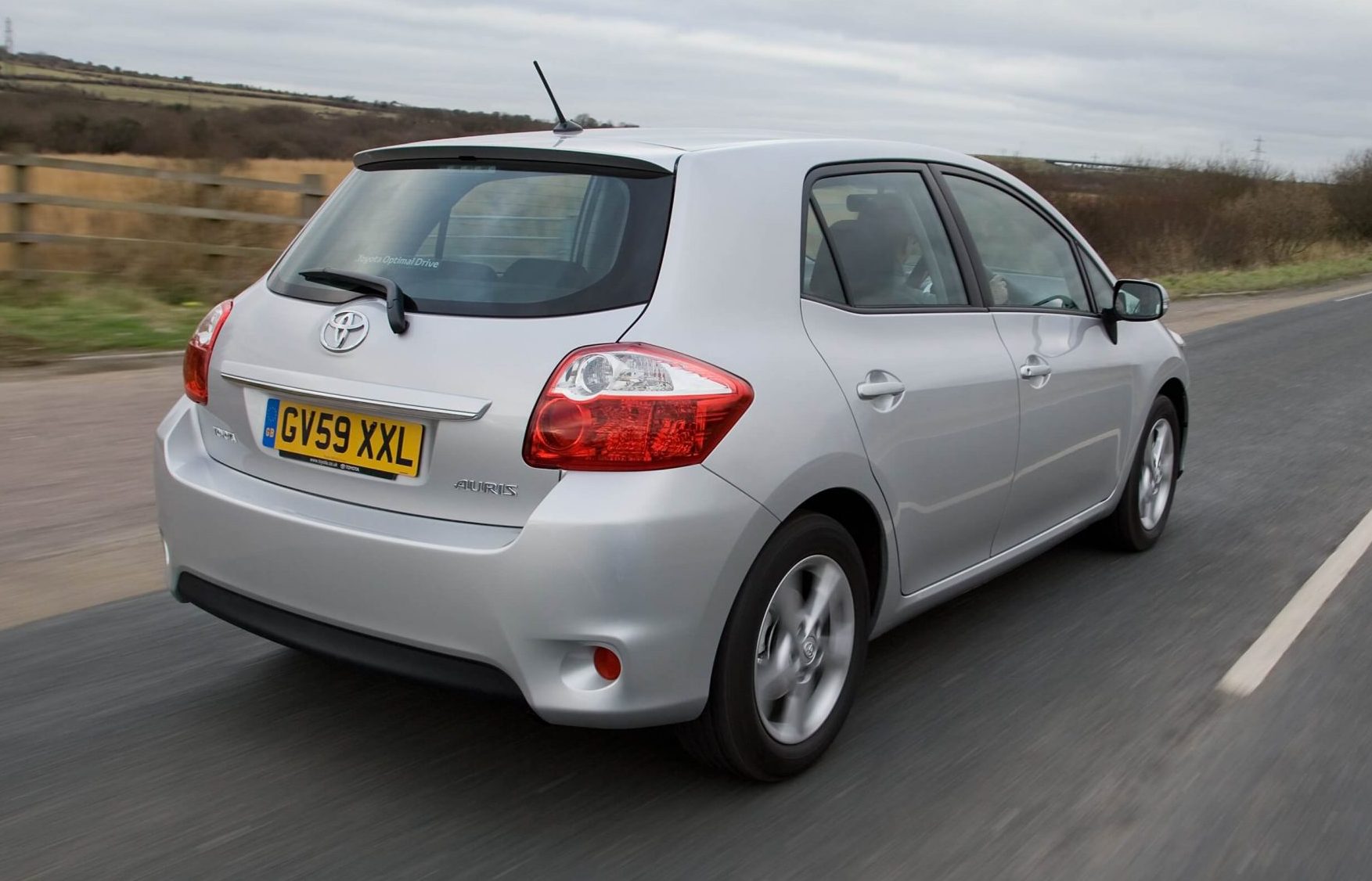
So, in conclusion, the buying second-hand experience and carefully chosen car has been impressive and reaffirmed my belief that good dealers are out there if you are prepared to do your homework and not rush into a purchase at a too good to be true price.
| For: Roomy, versatile, economical, comfortable, reasonable performance Against: Stiff ride over bad surfaces, lots of road noise, rolled around bends and tendency to understeer. © WheelsWithinWales |

Toyota Auris – derived from Latin for gold, aurum – was produced to replace the Corolla between October 2006 and July 2020.
The five-door model was made in Toyota’s Burnaston, Derby plant and used engines manufactured on the Welsh border in Deeside. It achieved a five-star Euro NCAP crash safety rating, the highest at the time.
The trims’ range was revised in 2009 and given a new front styling face a year later with mechanical revisions including the addition of a hybrid motor came before it was discontinued and replaced by the Corolla.
At the time Auris was made with a choice of 1.4 and all-new 1.6 VVT-I petrol engines or three diesels, 1.4, 2.0 and 2.2 litres along with three possible transmissions, five and six speed manuals or an sequential automatic/ manual. They started at a fiver under £12,000.
When launched, the 1.6 model out performed the VW Golf, Ford Focus, Renault Megane, Vauxhall Astra and Peugeot 307.

